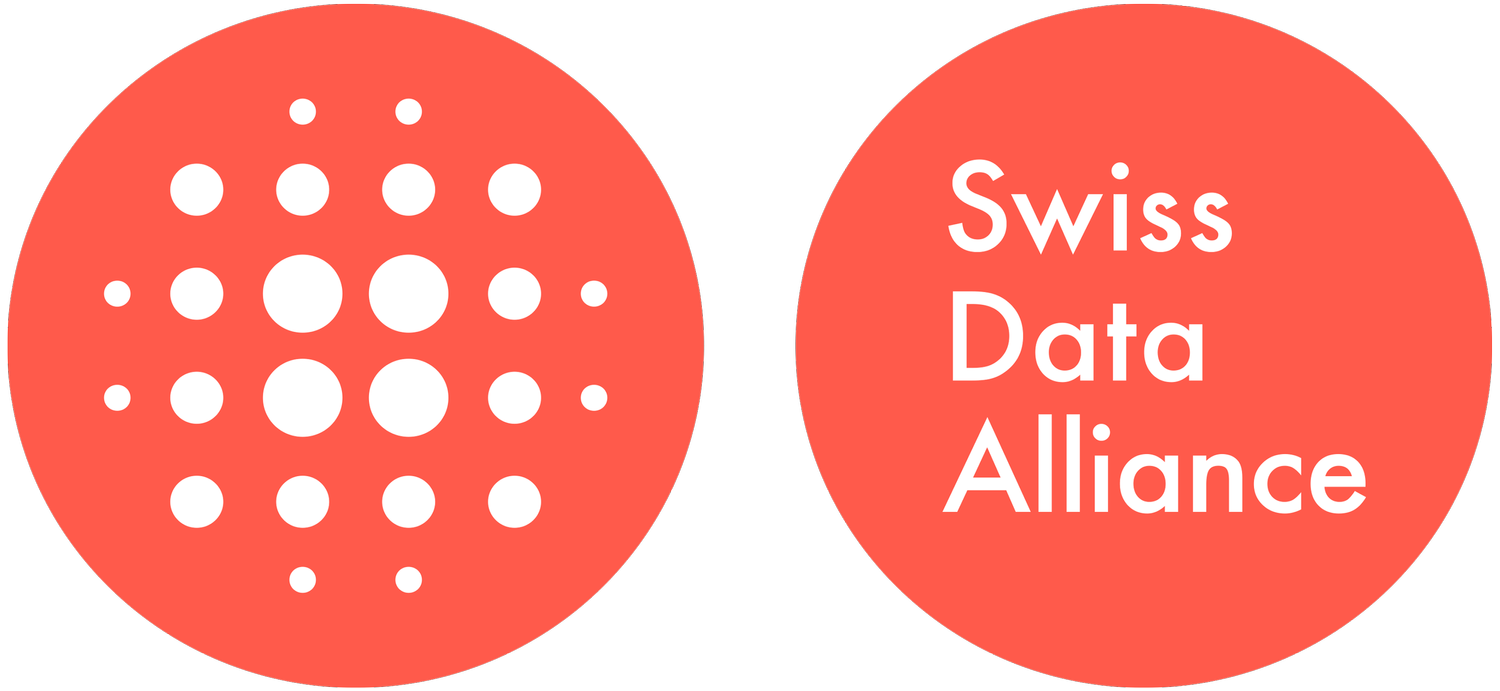Definition: "Data" and "Information"
Data are symbolic records in a specific context. There is a connection between "data" and "information". From a legal perspective, the distinction between content layer, code layer and physical layer is important.
Data can be viewed from three perspectives: With a focus on its content ("content layer"), with a focus on its coding in a file ("code layer") or with a focus on its physical storage location ("physical layer"). This differentiation is particularly relevant for legal assessment.
Source: Yochai Benkler, From Consumers to Users (2000)
Definition of data
Data are basically symbolic records (numbers, letters, etc.) of measurements, observations and other associated information (place, time, name, description, etc.) on objects and facts in a specific context as well as (secondary) derivations from these records.
In terms of this basic definition, the phenomenon of "data" has existed since the first use of writing for state and economic administrative activities in ancient civilizations, i.e. for around 5,000 years. However, the term "data" itself is less old. Derived from the Latin verb dare ("to give"), the participle form datum ("given") was used in the Middle Ages to introduce important documents together with the time and place, and the content of the document thus became the "given". This later gave rise to the plural " data" as a term for symbolic records of "circumstances" (facts) in the sense defined above and is widely used in business, administration and science.
Digital data
With the invention of electronic (digital) computing systems in the 1930s and 1940s, data increasingly took the form of decontextualized, computable (digital) numbers. In this form, they can be processed by universal symbolic machines ("computers"), sent via digital networks and stored in digital memories. This applies not only to the recordings of measurements, observations and other related data, but also to the digitized transformations of all kinds of symbolic artefacts such as texts, images and sounds. In addition, data can be artificially generated in any quantity as so-called "synthetic" data, independently of recordings in digital form. The conversion of all symbolic records and artifacts into machine-processable digital data ("numbers") thus becomes comprehensive and is the main feature of the digital age in which we find ourselves.
Data and information
The term "data" is related to the term "information". The distinction between the two terms is not primarily based on content and structure, but on the context of the action. Data is recorded primarily and to a certain extent independently of its subsequent use. However, we are talking about information when formalized content is transmitted from a sender (or a source) to a recipient. Data can thus become information in a specific context of action and communication, e.g. by querying a data collection (database). The data thus becomes a source of information ("sender") for the querying party ("recipient") and the database together with the application and system programs as well as the technical equipment (processors, memory, end devices and networks) becomes an "information system".
Conversely, information takes a wide variety of forms, but is not always based on data, which is why the usual image of the "data-information-knowledge" pyramid is at least partially inadequate. However, information can usually be converted into digital data, i.e. symbolically recorded ("digitized"), in order to analyze it, store it permanently or send it via networks, for example.
Source: André Golliez, Geocommons for Switzerland (2023)
Legal and organizational perspective
Data must be distinguished from information. In addition to the meaning of the data, it is very important from a legal and organizational point of view to ask about the type of storage and management. According to Lessig (2002) and Benkler (2000), content ("content layer"), coding ("code layer") and the physical storage location ("physical layer") should be considered separately.
Source: "Digital Sovereignty" policy paper (2024)

